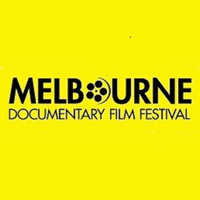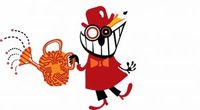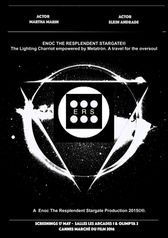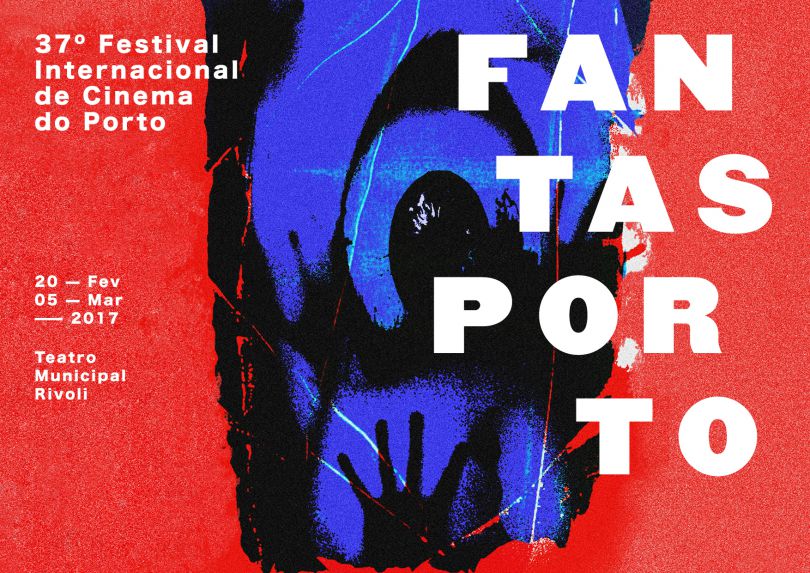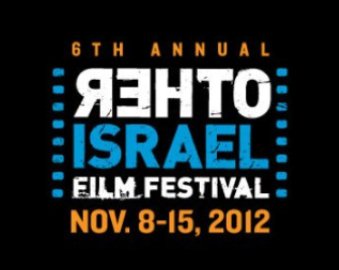
Indian films’ greatest playback singer Mohammed Rafi: Tributes on his 92nd birthday
Rafi died in 1980. Among the singers who gave playback to songs picturised on Indian actors, he topped the list, both in terms of quality and quantity. Opinions have been expressed that Kishore Kumar had the edge when it came to spontaneity and Manna Dey was a classical wizard. My own childhood favourite, Mukesh, too, was the darling of a few millions, but nobody, nobody could eye the spot that Rafi had sculpted for himself, since 1947. It is a well-known fact that Rafi sang several songs for Kishore, when he donned grease-paint, and Manna himself admitted that he could, at best, match Rafi, when it came to classical renditions, but Rafi was always No. 1. So much for quality. Now, let’s look at quantity.
A controversy raged, from 1974 to 1991, about who had sung the maximum number of songs. Mukesh, Kishore and Manna were not even in the running. It was the female songstress Lata Mangeshkar, who had claimed that she had sung between 25,000 and 30,000 songs. Rafi challenged the claim, but neither could provide conclusive evidence. Ultimately, the Guinness Book of World Records deleted both their claims. From the mid 1940s to the mid 1990s, there is little doubt that the most prolific female singer was Lata, and Rafi ruled the roost among the men. But with neither claim fully substantiated, the name that emerged was Asha Bhosle, Lata’s sister. Rafi had died in 1980. However, nobody would have imagined that the most prolific playback singer to emerge on the scene would be from South India.
S.P. Balasubrahmanyam is his name. And he is 22 years younger than Rafi. This is SPB’s 50th year in films and he has completed 70 years of age last June. Song tally? 40,000 and counting. Which means he is not ahead by a neck; rather a whole 10,000 songs more! His idol? Mohammed Rafi. Rafi’s idol? Kundan Lal Sehgal. Song count? Less than 200. He died in his early 40s. Rafi died at 54. Lata and Asha survive, on either side of 90. But in the end, it is not about numbers. It’s not about notations or scales. It is about the heavenly vocal chords that resonate to perfection.
It was Mohammed Rafi’s birthday last week, like it is on 24th December every year. This year, it was special. Efforts of a couple of Rafi devotees and an FM radio station resulted in the re-naming of the by-lane near Rafi Villa, 16th Road, Bandra, as Mohammed Rafi Marg (marg means road in Hindi). There is already a major square in Mumbai, on the arterial Swami Vivekanand Road-Hill Road intersection, where there is a traffic junction, generally known by the Irani restaurant that is open till late in the night, Lucky. It has been known as PadmaShri Mohammed Rafi Chowk. The sign on this junction was the spot where my script for the documentary on Mohammed Rafi was to begin. Sitting in another restaurant at the same square, I narrated my script three years ago, to Rashid K. Munir, and he liked it. Munir joined RafiSaahab in his heavenly abode sometime ago, without shooting even one frame of the film. The plaque reading 'Padmashri Mohammed Rafi Chowk' was renovated and shaped into a golden ball, reflecting his timeless 'golden voice', in time for his 92nd.

Sonu, SPB, Biswajit and Anmol
A man named Venkitachalam Venkat, and another called Manish got together with Radio Nasha (intoxication) to get the naming of the lane done. Nasha’s popular Radio Jockey, RJ Anmol, who led the Road for Rafi campaign, put together a stage piece at the Rang Sharda auditorium, 2 km from both Rafi Villa and the S.V. Road milestone, and populated it with S.P.B., Jeetendra (actor-producer; used Rafi’s playback in over very many songs), Biswajit (actor-director; likewise), Sonu Nigam (top-rank singer in Rafi mould), Milind (part of composer duo Anand-Milind, who vividly remember the great closeness that their music director father Chitragupta shared with Rafi), Sanjeev Kohli and Sameer Kohli (sons of Rafi loyalist, composer Madan Mohan, pre-deceased Rafi), Chhaya (daughter of another Rafi loyalist, composer Ravi, who died not too long ago), Javed Badayuni (son of poet/lyricist Shakeel) and the two daughters of Mohammed Rafi, Yasmin and Nasreen (the third sister lives in London; Shahid, Rafi Saahab’s only surviving son, was not to be spotted.

SPB, Anmol, Jeertendra and the two 'Rafi daughters'
Seated in the audience were Parvez, Rafi’s son-in-law, Yasmin’s husband, and Rajni Acharya, the man who has made a two-hour documentary on Mohammed Rafi, titled, ‘Dastaan-e-Rafi’ (the film was shown on TV that very day and some 15-minutes of excerpts were screened at the venue) and Agam Kumar Nigam, Sonu’s prodigious Dad, who was later called on to the stage.
As a function, it was rather strange. There was no orchestra or real singing at all. Starting more than an hour late, the proceedings consisted of Acharya’s film projection and a round-table of sorts, though SPB, Sonu, Sonu’s father Agam and Biswajit obliged by breaking into song every time the anchor, Anmol, egged them on. I got invited because a friend could not attend. Most of the memories and anecdotes that were shared were not new for me. It did not hurt at all that ‘under 30’ Anmol did not know me from Adam, considering the long association I have had with RafiSaahab’s legacy since 1980, but it did hurt that I was not invited personally, since the Boss of FM station, Nasha, Gaurav Sharma, is a former student of mine. There was no break, no refreshments were served, none were available for sale and the entire afternoon lasted just over two hours.
Parvez did not recognise me, and how could I blame him? It must be 20 years since we last met. But when I told him who I was, he was so warm. It is always nice to bump into the Kohlis. Milind slipped away before I could catch him and Jeetendra had left halfway. I have never met Sonu since the time when a music director introduced me to him in his music room as the singer to lookout for. Balu (SPB) and I have yet to be introduced---my loss, and huge one at that.
 SPB with Biswajit
SPB with Biswajit
One person brought a floodgate of memories in the green-room, after the event: Biswajit. His Hindi debut (he is from Bengal) suspense thriller was Bees Saal Baad, a runaway hit, propped-up mainly by a tight script (o of the Baskervilles, Sherlock Homes), masterful cinematography and editing and mesmerising music by Hemant Kumar. Waheeda Rehman was characteristically amazing, while Biswajit was a bit awkward. He beckoned the mimic in me, and, in 1962, all of ten years old, I was imitating him to a family audience of 4-5.
When you get to writing about Rafi, quantity is never enough. So, let that be. Just click on the video link below, and see what the torch-bearer of Mohammed Rafi’s legacy has to say, as I rue once again my family’s decision to oppose my film acting possibilities, even as a hobby, and not to allow me to play the lead role of the blind beggar-boy in Dosti, which naturally meant that in ‘Jaaneyvaalo zaraa’ Mohammed Rafi gave playback to Sudhir Kumar’s lip-sync, and not that of Siraj Syed.
From SPB’s Facebook
24th Dec., 2016 was, Janab Mohammad Rafi Saheb, MY GOD, MY MENTOR' s 92nd Birth day. It was gracious of his family and friends to have invited me. I cherished every moment of it. Was in Rafi Saheb's museum, where all his memorabilia was kept. One of the finest days in my life. Thanks to Mrs. Yasmin Ahmed, Mrs. Nasreen Ahmed, Mr. Parvez Ahmed, Mr. Meraj Ahmed, the sons in law, Mr. Irfan Ahmed the grandson, Mr. Firoze, grand-son-in law, of Rafi Saheb, Mr.Venkita and Mr. Karunesh, the Md. Rafi trust members.
Video link to S.P. Balasubrahmanyam speaking about Mohammed Rafi: https://youtu.be/vcJxGgn4g2U
(Photographs and the video-link have been provided here with due acknowledgement and thanks to the Facebook original postings of SPB and Mr Venkitachalam).



















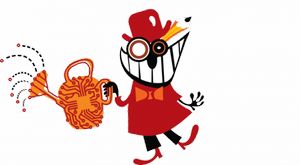









 FINAL LINE -UP OF THE
FINAL LINE -UP OF THE  The 37th edition of FANTASPORTO- OPORTO INTERNATIONAL FILM FESTIVAL IS HELD BETWEEN 24TH FEBRUARY AND 4TH MARCH 2017, at the Rivoli - Municipal Theatre.
The 37th edition of FANTASPORTO- OPORTO INTERNATIONAL FILM FESTIVAL IS HELD BETWEEN 24TH FEBRUARY AND 4TH MARCH 2017, at the Rivoli - Municipal Theatre.



















